McLaren Speedtail Unveiled: Heir To The Throne
The Speedtail is the spiritual successor to the famed McLaren F1.
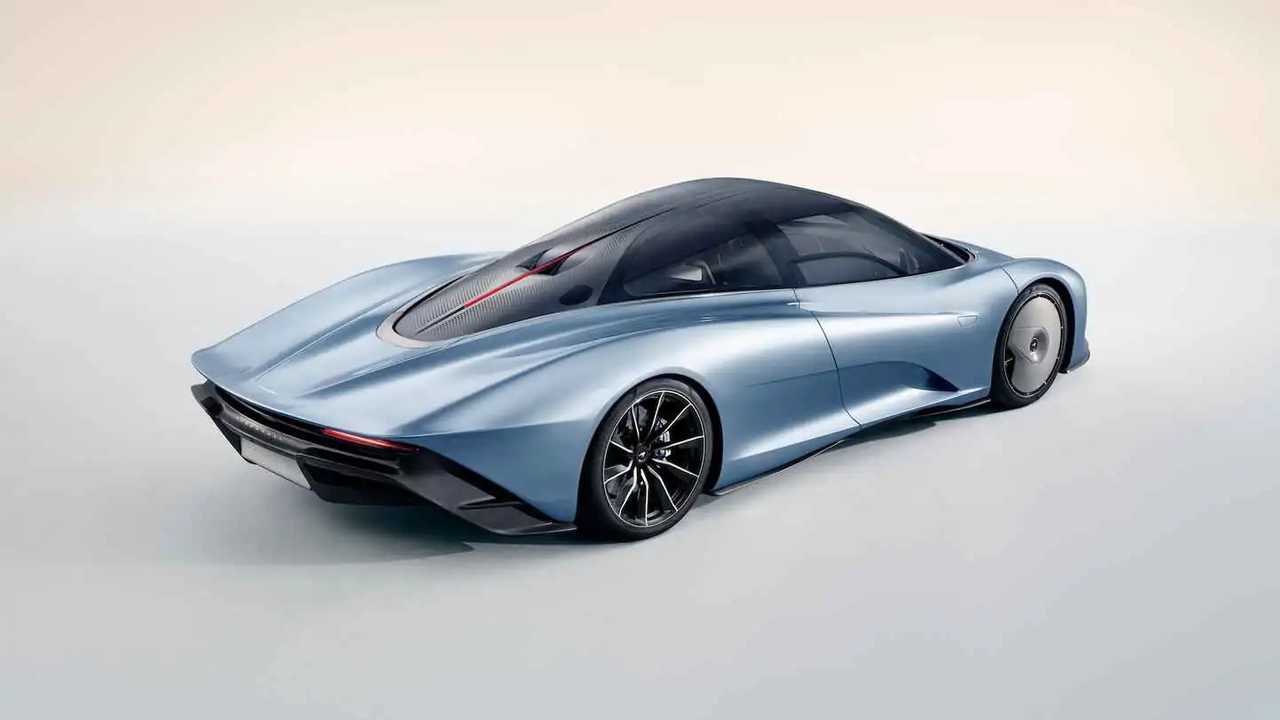
McLaren is crowning a new king of its top-speed hill: Meet the Speedtail. Capable of reaching 250 miles per hour (402 kilometers per hour), the nearly $2,240,000 (€1,970,000) model marks a new era for the British automaker.
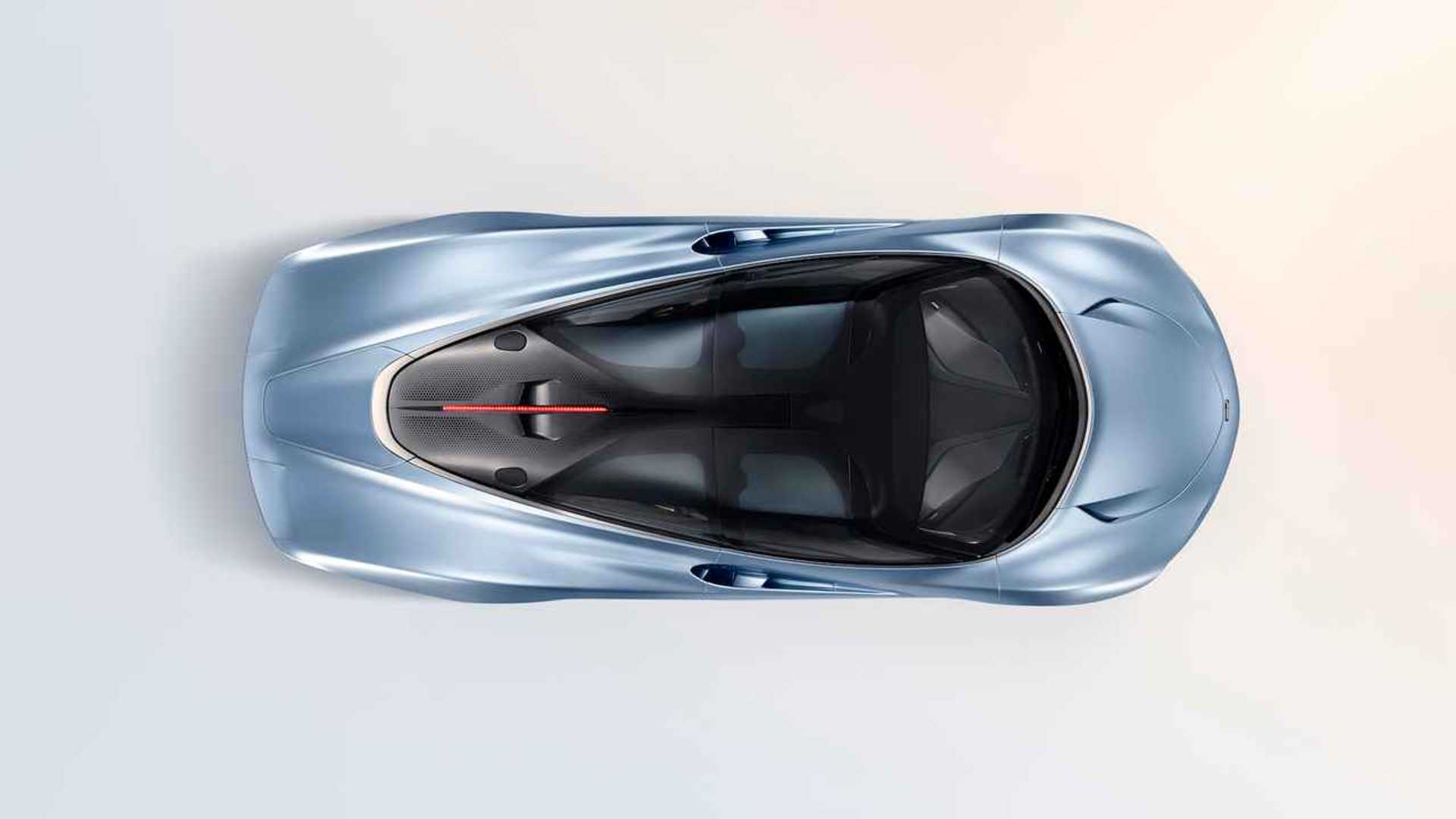
Serving as an informal successor to the McLaren F1 of the 1990s, the Speedtail aims to challenge vehicles such as the Bugatti Chiron. Whereas the 1,500-horsepower (1,119 kilowatts) Bugatti relies on brute force to achieve breathtaking dynamics, the McLaren uses aerodynamic ingenuity to push the performance needle to new heights.
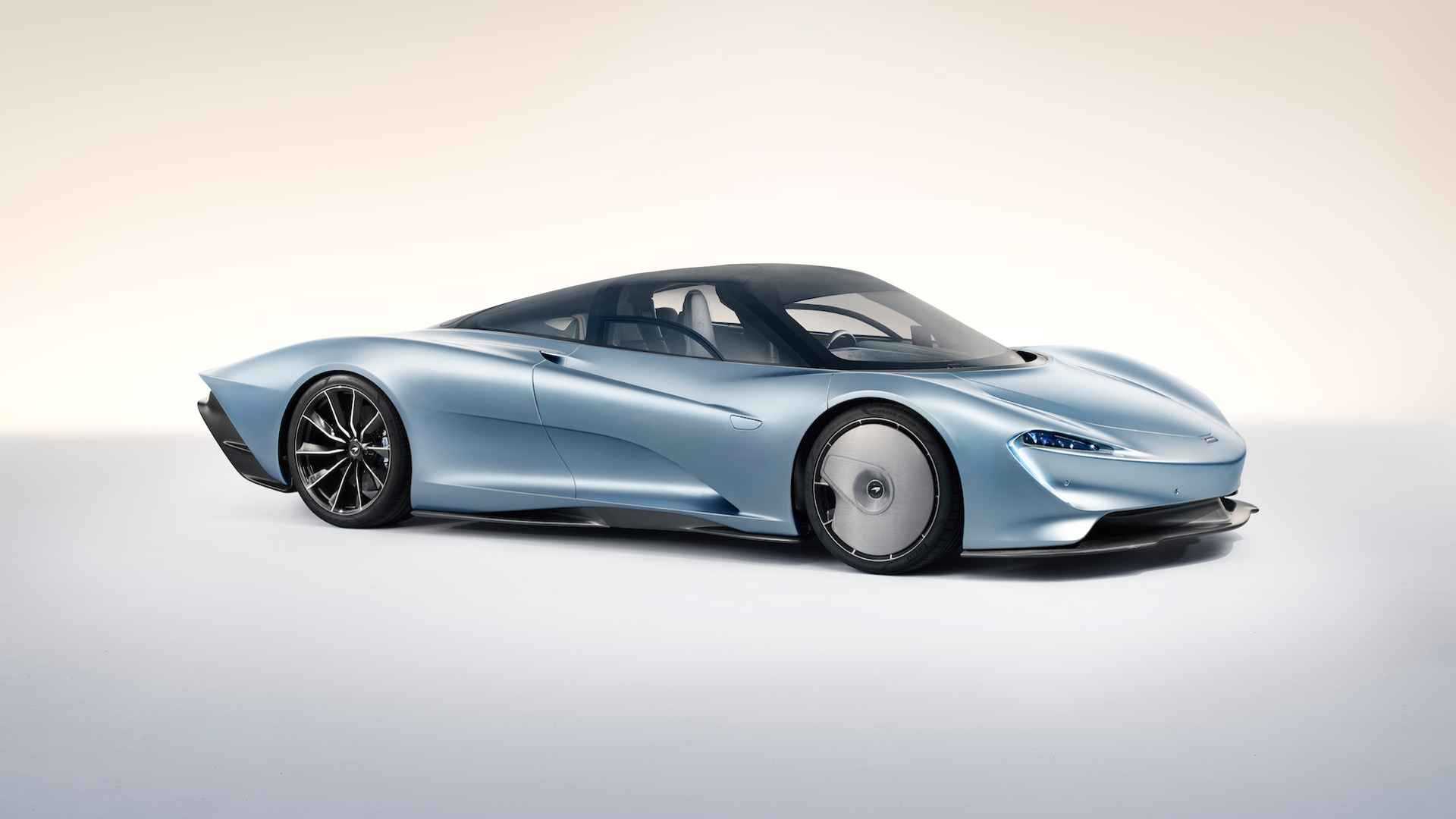
Looking like a Volkswagen XL1 on steroids, the Speedtail’s carbon-fiber bodywork is seemingly designed to slice through the air with minimal effort. Although its teardrop shape is a strong base for achieving aerodynamic alacrity, the Speedtail’s smaller details are what truly help it stand out as an engineering tour de force. For instance, the front wheels wear static wheel covers that help channel air into the car’s various vents.
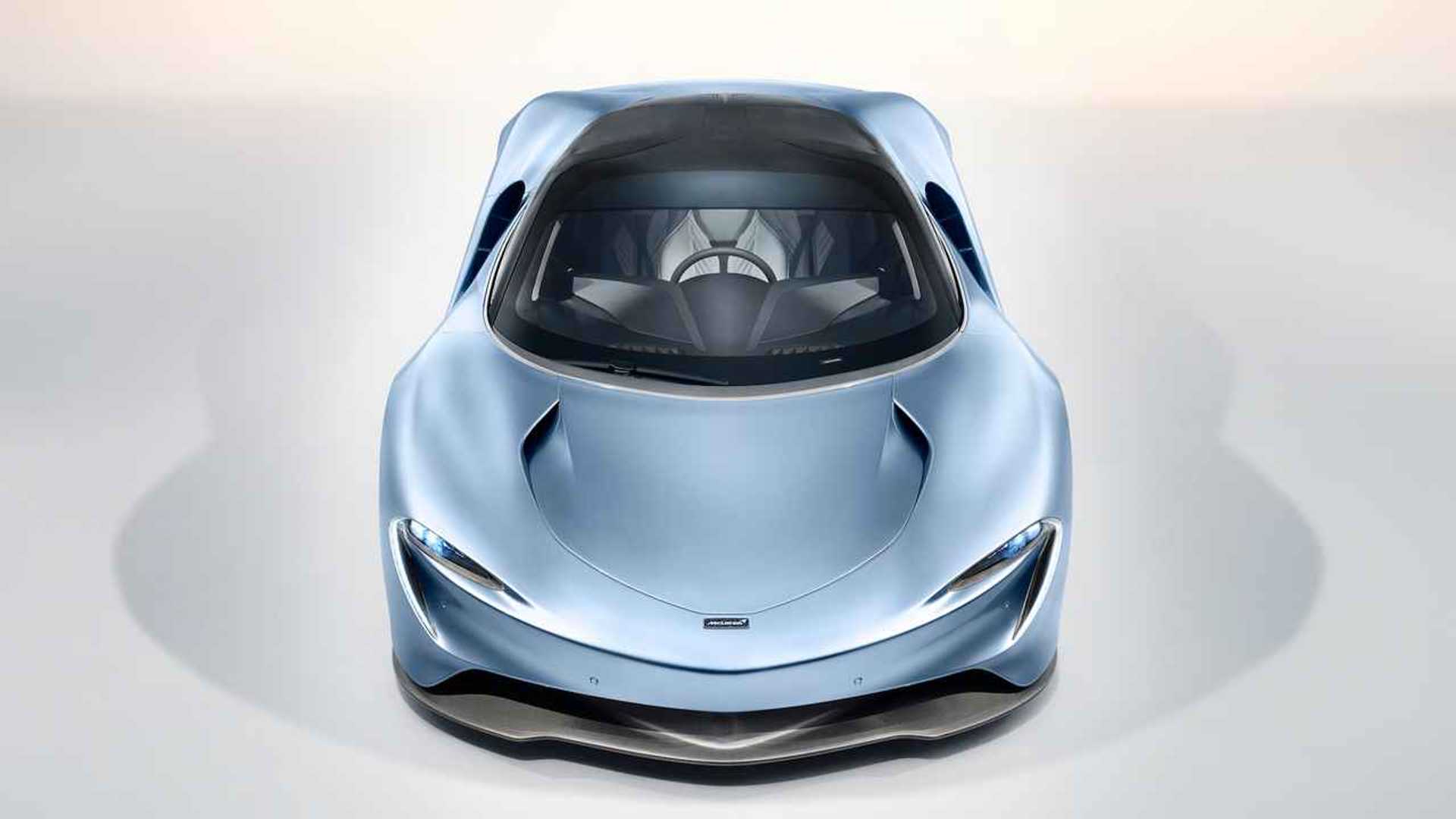
Likewise, the Speedtail trades traditional rearview mirrors for a pair of retractable cameras, the feeds of which are displayed within the cabin. A speed-oriented "Velocity" mode stows the cameras within the doors and lowers the car by 1.4 inches (35 millimeters) to further improve aerodynamics.
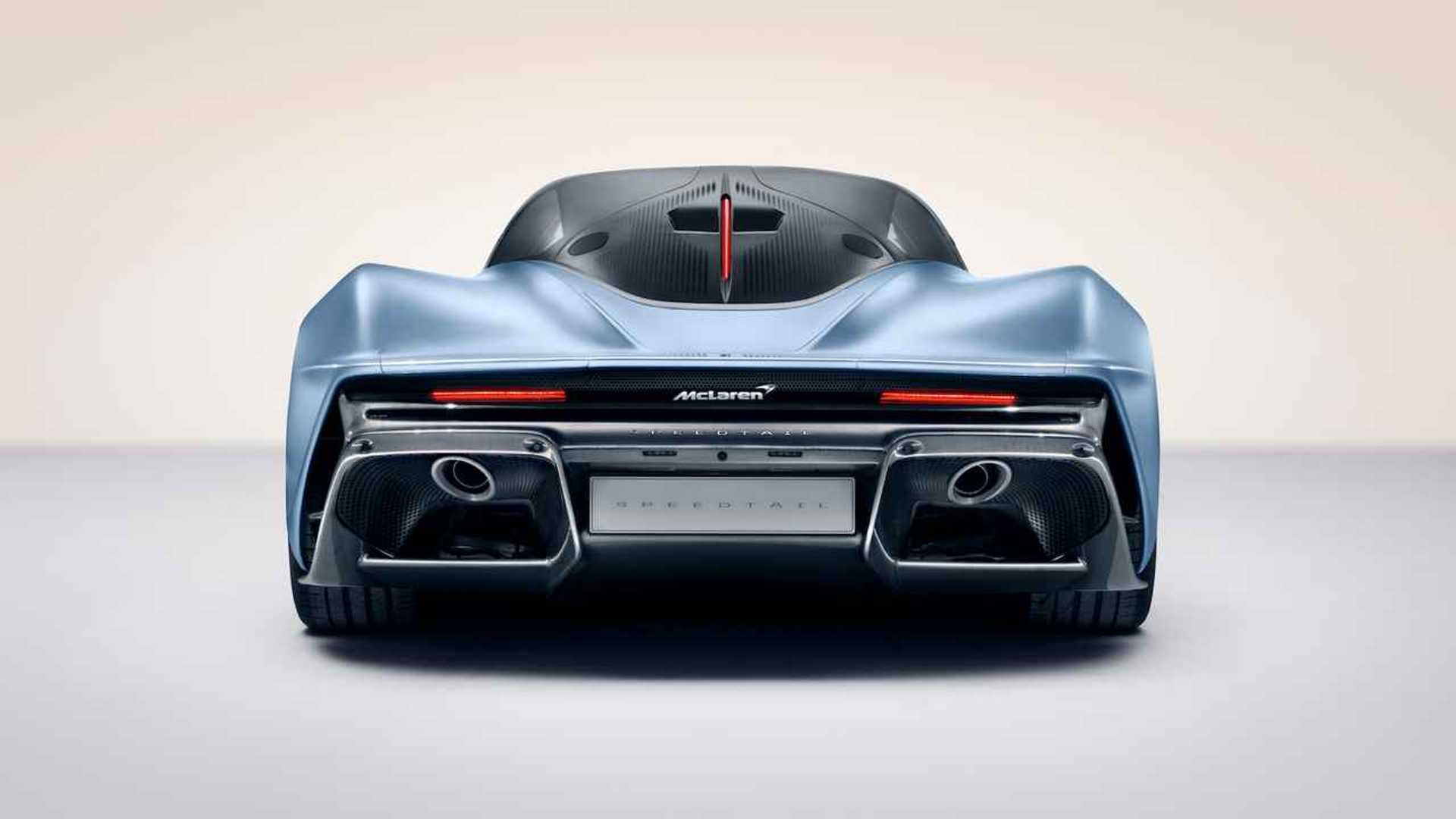
Meanwhile, a pair of moving ailerons are embedded into the back of the single-piece rear clamshell and adjust to assist in multiple dynamic settings, be it bringing the Speedtail to a stop or assisting the car in achieving its top speed. Thanks to the use of flexible carbon fiber, the hydraulically actuated winglets are actually part of the rear panel (as opposed to being separate pieces).
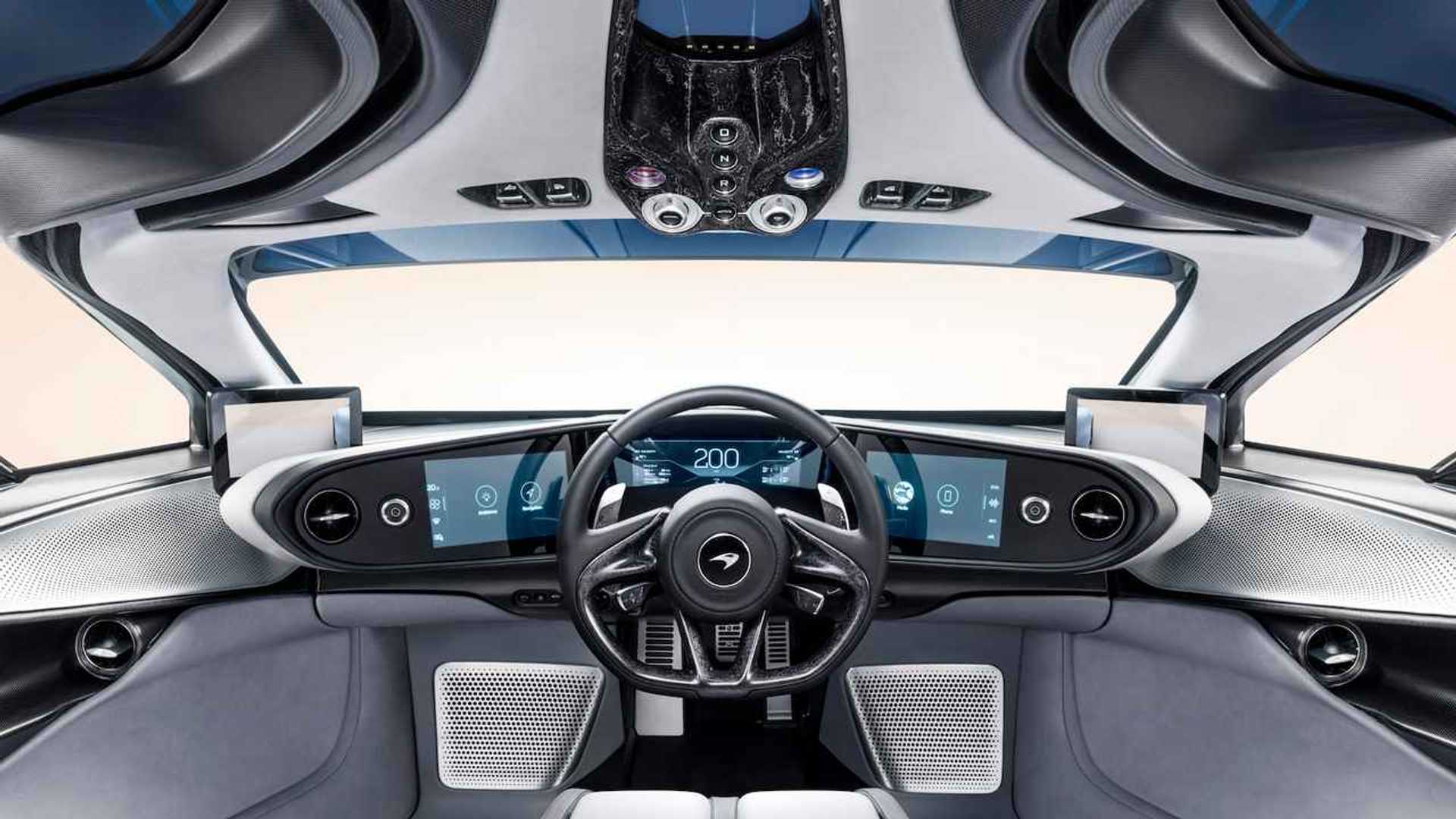
Armed with 1,035 horses (772 kW) from a gasoline-electric hybrid powertrain, the svelte Speedtail is able to reach 186 mph (299 kmh) in a mere 12.8 seconds – 2.7 seconds ahead of the 903-hp (673-kW) McLaren P1. McLaren won’t say what powers the Speedtail, but we’d wager the slinky supercar uses a variation of the 789-hp (588-kW) twin-turbocharged 4.0-liter V8 in the Senna with an electric motor that improves upon the unit used in the P1. Speedtail-specific Pirelli P-Zero tires ensure the mighty McLaren stays stuck to the ground in all sorts of dynamic driving.
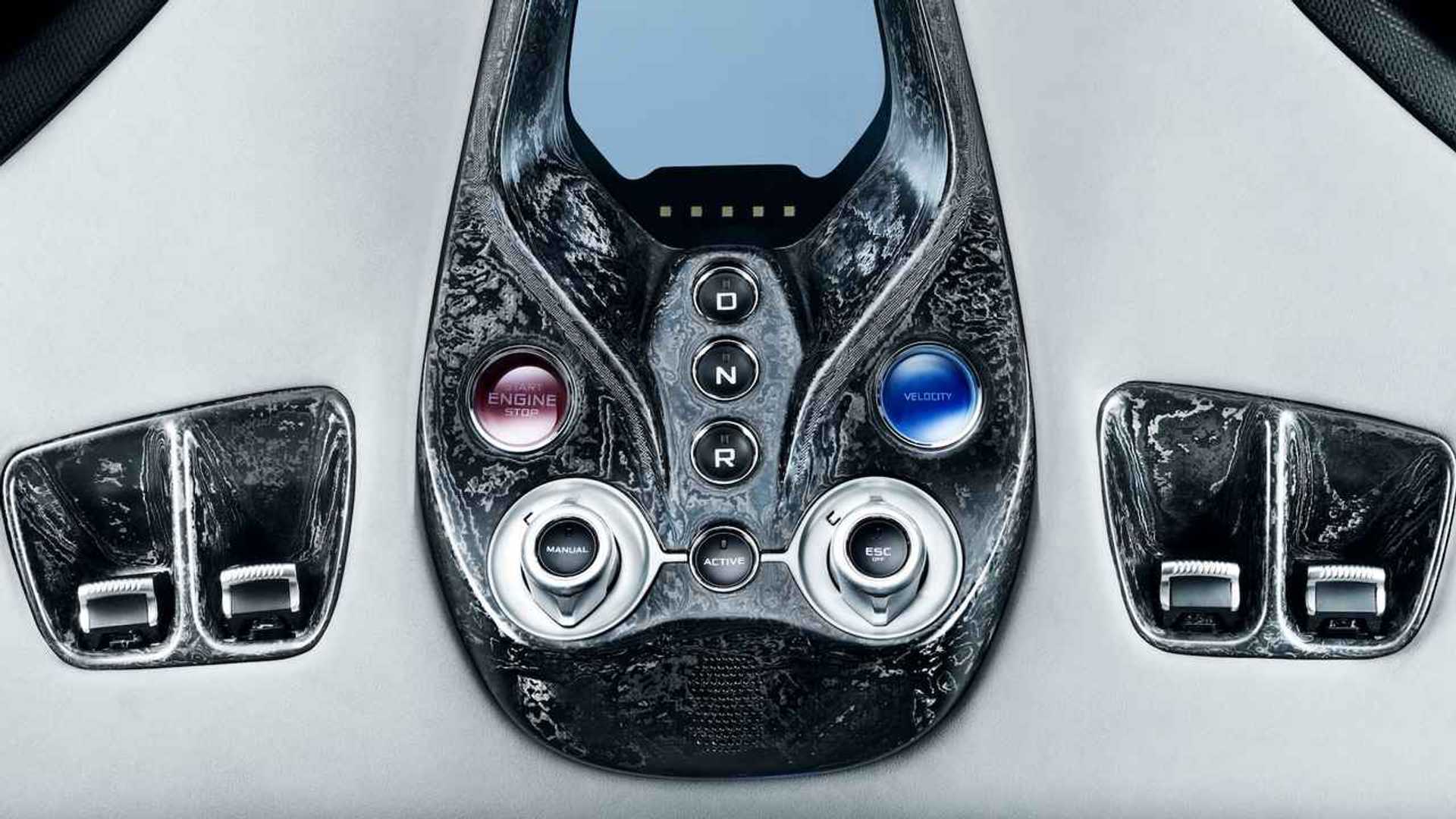
Like the McLaren F1 of yore, the Speedtail places its driver in the center of its teardrop-shaped cabin. A pair of passenger seats sit left and right of the captain’s chair, while specific luggage compartments have been carved into the nose and tail of the car (Speedtail owners can purchase bespoke luggage to fit their hypercar).
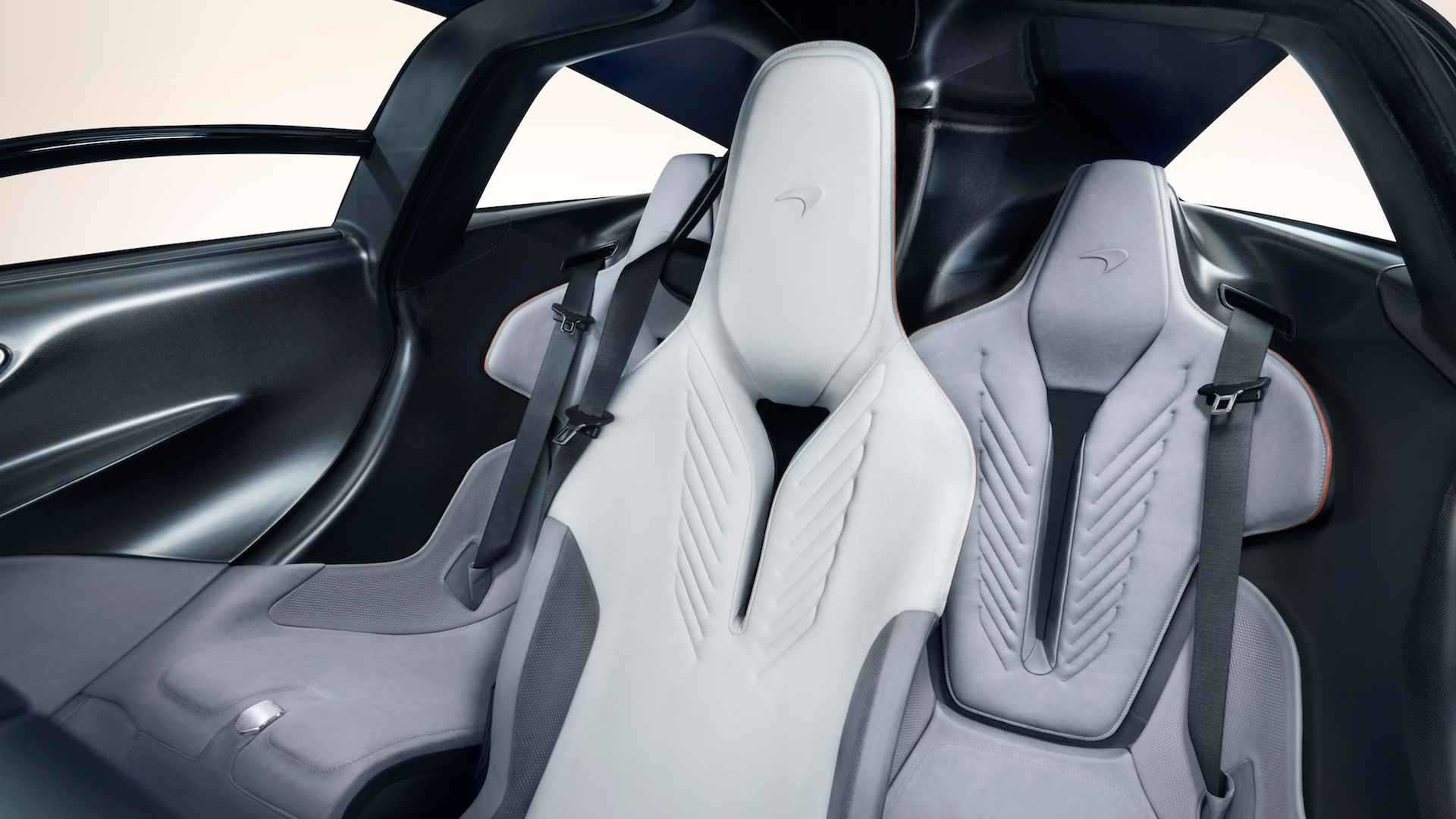
The Speedtail’s cabin is as opulent as its seven-figure price tag suggests. Touchscreens surround the three-spoke steering wheel, while buttons for controlling features such as the windows and the vehicle’s active dynamics are located on a panel overhead. Electrochromic glass allows those within the Speedtail to control the amount of light that makes its way into the cabin. (The glass also makes its way to the top of the windshield, where it’s used in lieu of traditional sun visors.)
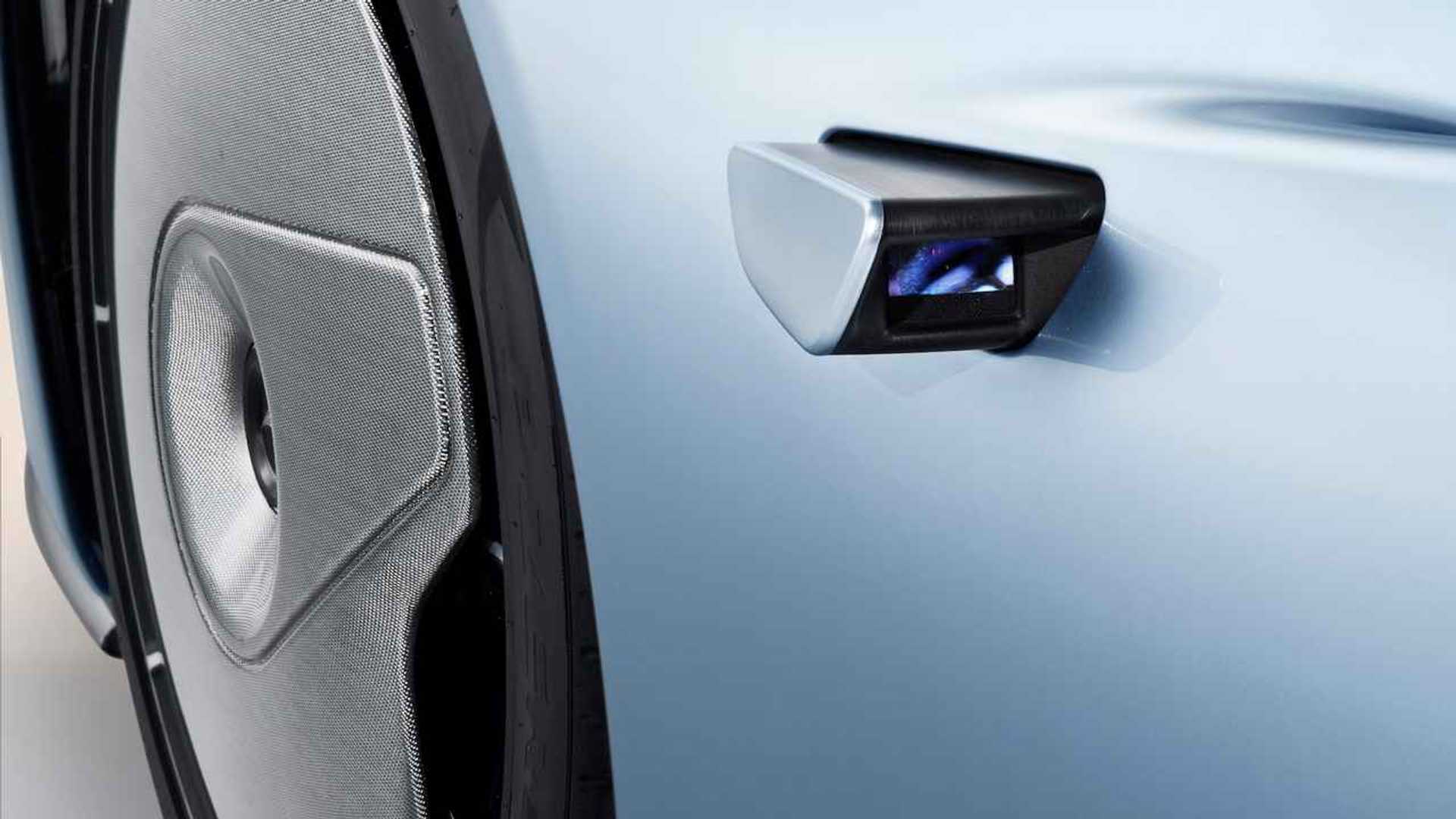
The McLaren Speedtail is the real deal: it offers ludicrous performance, state-of-the-art technology, and a curb appeal unlike anything else sold today. Too bad McLaren is only making 106 Speedtails, all of which are claimed. Those lucky enough to make the Speedtail list can look for deliveries of the model to begin in early 2020.
Source: McLaren
https://www.motor1.com/news/273475/mclaren-speedtail-hypercar-unveiled/
The Speedtail is the spiritual successor to the famed McLaren F1.

McLaren is crowning a new king of its top-speed hill: Meet the Speedtail. Capable of reaching 250 miles per hour (402 kilometers per hour), the nearly $2,240,000 (€1,970,000) model marks a new era for the British automaker.

Serving as an informal successor to the McLaren F1 of the 1990s, the Speedtail aims to challenge vehicles such as the Bugatti Chiron. Whereas the 1,500-horsepower (1,119 kilowatts) Bugatti relies on brute force to achieve breathtaking dynamics, the McLaren uses aerodynamic ingenuity to push the performance needle to new heights.

Looking like a Volkswagen XL1 on steroids, the Speedtail’s carbon-fiber bodywork is seemingly designed to slice through the air with minimal effort. Although its teardrop shape is a strong base for achieving aerodynamic alacrity, the Speedtail’s smaller details are what truly help it stand out as an engineering tour de force. For instance, the front wheels wear static wheel covers that help channel air into the car’s various vents.

Likewise, the Speedtail trades traditional rearview mirrors for a pair of retractable cameras, the feeds of which are displayed within the cabin. A speed-oriented "Velocity" mode stows the cameras within the doors and lowers the car by 1.4 inches (35 millimeters) to further improve aerodynamics.

Meanwhile, a pair of moving ailerons are embedded into the back of the single-piece rear clamshell and adjust to assist in multiple dynamic settings, be it bringing the Speedtail to a stop or assisting the car in achieving its top speed. Thanks to the use of flexible carbon fiber, the hydraulically actuated winglets are actually part of the rear panel (as opposed to being separate pieces).

Armed with 1,035 horses (772 kW) from a gasoline-electric hybrid powertrain, the svelte Speedtail is able to reach 186 mph (299 kmh) in a mere 12.8 seconds – 2.7 seconds ahead of the 903-hp (673-kW) McLaren P1. McLaren won’t say what powers the Speedtail, but we’d wager the slinky supercar uses a variation of the 789-hp (588-kW) twin-turbocharged 4.0-liter V8 in the Senna with an electric motor that improves upon the unit used in the P1. Speedtail-specific Pirelli P-Zero tires ensure the mighty McLaren stays stuck to the ground in all sorts of dynamic driving.

Like the McLaren F1 of yore, the Speedtail places its driver in the center of its teardrop-shaped cabin. A pair of passenger seats sit left and right of the captain’s chair, while specific luggage compartments have been carved into the nose and tail of the car (Speedtail owners can purchase bespoke luggage to fit their hypercar).

The Speedtail’s cabin is as opulent as its seven-figure price tag suggests. Touchscreens surround the three-spoke steering wheel, while buttons for controlling features such as the windows and the vehicle’s active dynamics are located on a panel overhead. Electrochromic glass allows those within the Speedtail to control the amount of light that makes its way into the cabin. (The glass also makes its way to the top of the windshield, where it’s used in lieu of traditional sun visors.)

The McLaren Speedtail is the real deal: it offers ludicrous performance, state-of-the-art technology, and a curb appeal unlike anything else sold today. Too bad McLaren is only making 106 Speedtails, all of which are claimed. Those lucky enough to make the Speedtail list can look for deliveries of the model to begin in early 2020.
Source: McLaren
https://www.motor1.com/news/273475/mclaren-speedtail-hypercar-unveiled/
